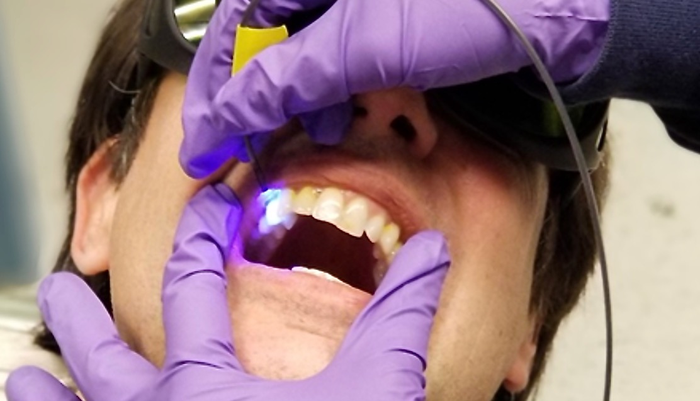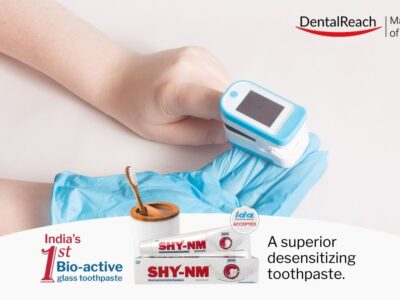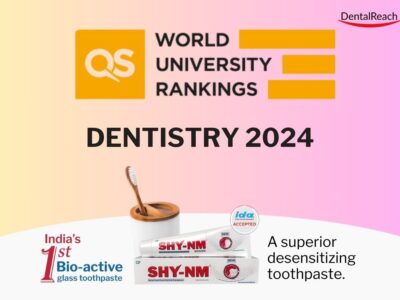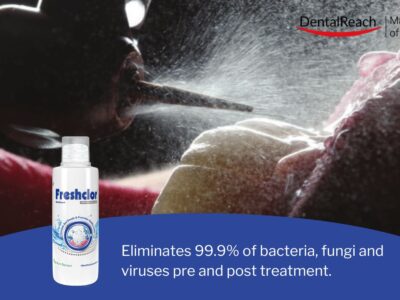You and your dentist have a number of tools and procedures for avoiding cavities, but diagnosing the chemical circumstances that can lead to cavities and then preventing them from starting is far more difficult. Researchers from the University of Washington have now demonstrated that a dental tool they developed can quantify the acidity built up by bacteria in plaque, which contributes to cavities, in a recent study.
The O-pH system is a prototype optical device that uses an FDA-approved chemical dye to detect the interactions of an LED light with an FDA-approved chemical dye placed to teeth. After that, the O-pH generates a numerical reading of the pH, or acidity, of the plaque that covers those teeth. Knowing how acidic plaque is can help dentists and patients figure out which parts of a tooth are more vulnerable to cavities.
"When bacteria interact with the sugar in our diet, they make acid," said Manuja Sharma, principal author and PhD student in the UW Department of Electrical and Computer Engineering. "This acid is what causes tooth surface deterioration and, eventually, cavities. So, if we can gather data on acidic activity, we can gain a better sense of how bacteria proliferate in the tooth biofilm, or plaque."
Because not all bacteria in that biofilm are nasty or cause cavities, evaluating the acidity of the environment can tell a dentist everything they need to know about the risk of developing problems, according to Sharma. This reduces the need for testing for specific dangerous bacteria, which can be numerous.
The researchers used the UW School of Dentistry's Center for Pediatric Dentistry to recruit 30 individuals between the ages of 10 and 18, with a median age of 15. The researchers picked children for their study because the enamel on children's teeth is much thinner than that on adults' teeth, making early detection of acid erosion even more critical. The researchers also enlisted the help of second- and third-year dentistry students, who were supervised by a faculty member, to conduct the measurements with the O-pH equipment.

It is a non-invasive test. The probe that transmits and gathers light while hovering over the surface of a tooth is attached to the end of a length of cord while the dye is applied to the teeth (see photos). The light is captured and sent back to a central box, which calculates the pH. Before and after sugar rinses, as well as other condition modifications such as pre- and post-professional dental cleaning, the conditions on the patients' teeth were read multiple times.
"A dentist would rinse them with the tasteless fluorescent dye solution and then get their teeth optically scanned to look for high acid production areas where the enamel is getting demineralized," Eric Seibel, senior author and research professor of mechanical engineering at the University of Washington, said the idea for adding the acidity test as a new clinical procedure came from envisioning that when a patient first sits in the dental chair, before getting their teeth cleaned, "a dentist would rinse them with the tasteless fluorescent dye solution and then get their
The research was published in IEEE Transactions on Biomedical Engineering in February. One of the study's limitations, according to the researchers, was their inability to consistently assess the same position on each tooth during each phase of testing. To solve this shortcoming, the researchers are developing a version of their device that creates images for dentists that highlight the exact site of high acidity, which could lead to the next cavity.
"We need more data to see how helpful it is for diagnosis," Sharma said, "but it can absolutely help us quantify aspects of your dental health." "It can also assist patients in learning about the impact of sugar on plaque composition." We can show them what happens in real time, and it will be an experience they will remember, prompting them to say, "OK, alright, I need to cut back on sugar!"
Lauren Lee of the University of Washington Department of Microbiology; Matthew Carson of the University of Washington Human Photonics Laboratory; David Park, Se An, Micah Bovenkamp, Jess Cayetano, Ian Berude, Zheng Xu, Alireza Sadr of the University of Washington School of Dentistry; and Shwetak Patel of the University of Washington Electrical & Computer Engineering and the Paul G. Allen School of Computer Science & Engineering. The National Science Foundation, Oral Health Monitor, Institute of Translational Health Sciences, and the National Institutes of Health's National Center for Advancing Translational Sciences all contributed to this study.
Story Source:
material provided by University of Washington. Originally written by Jake Ellison. Note: Content can be edited for style and length.

















Comments